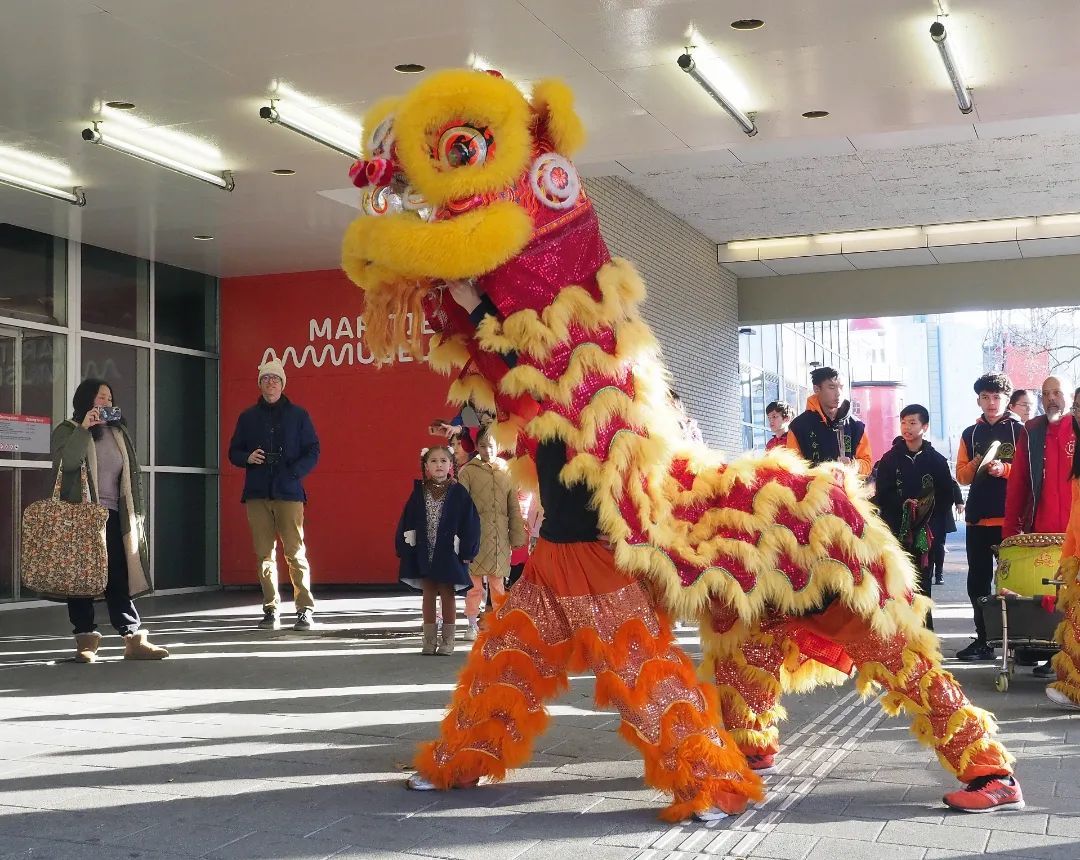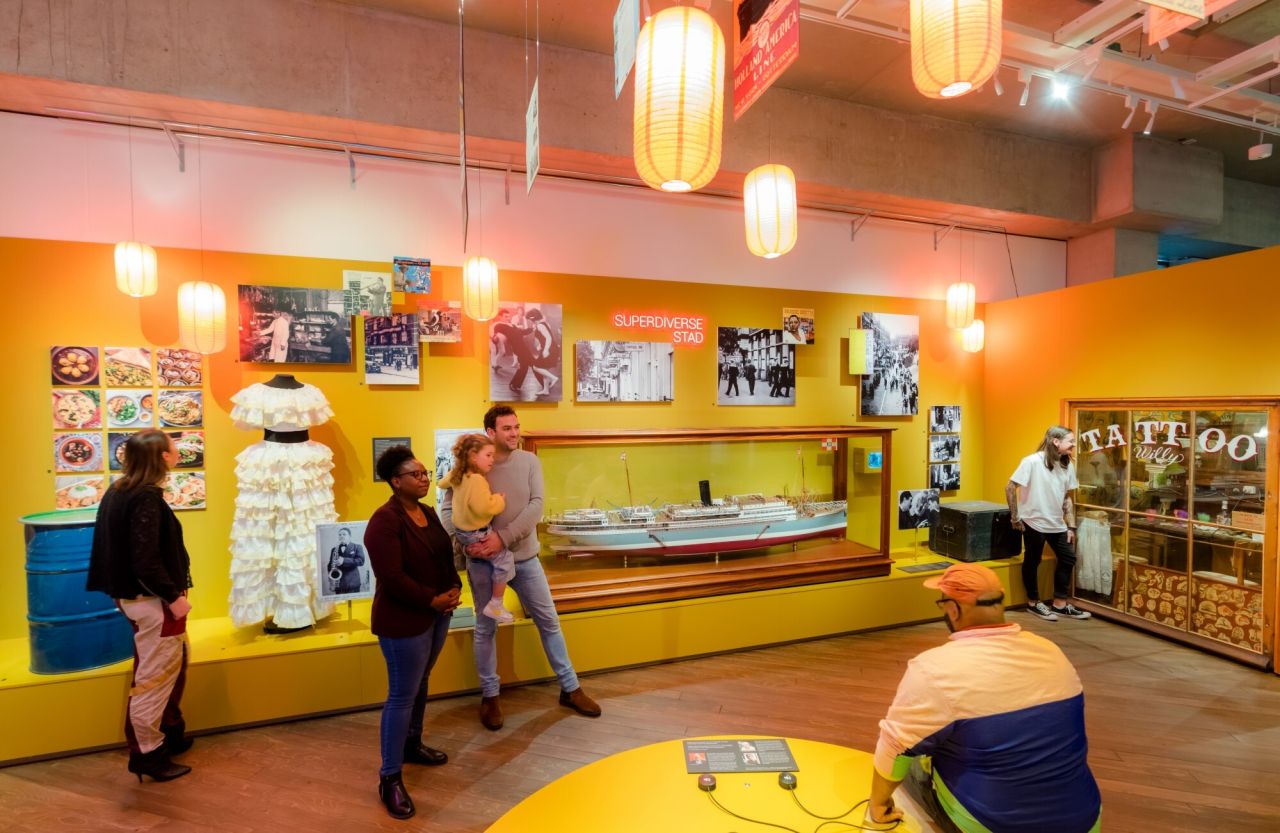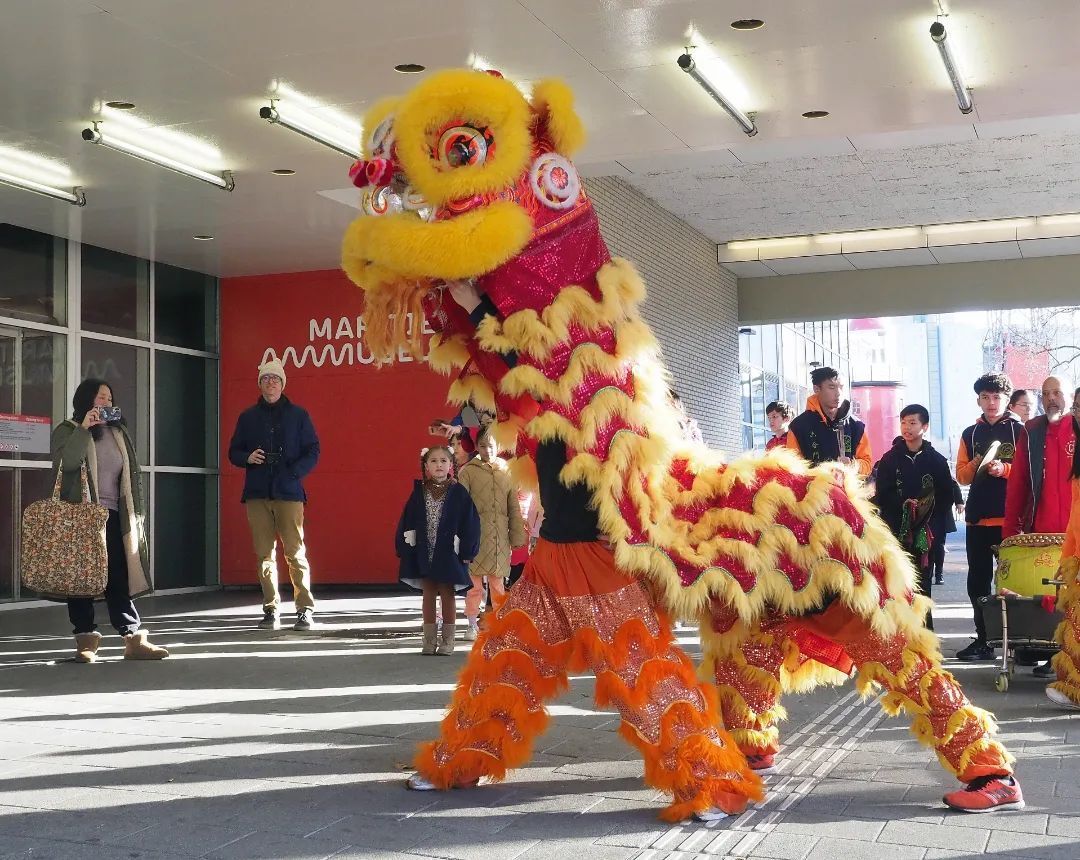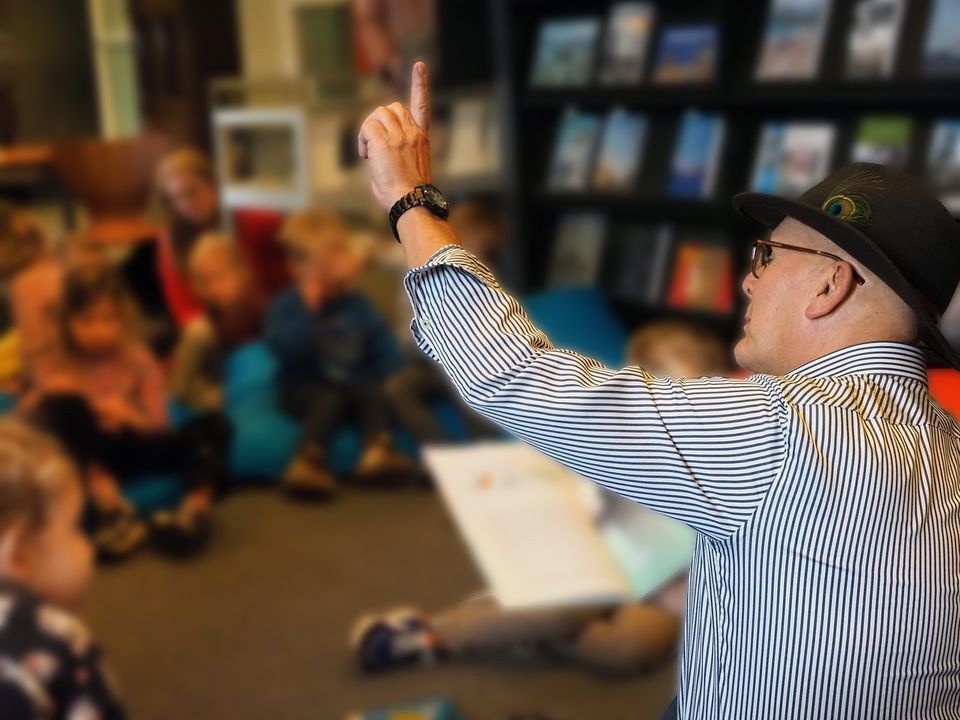
Harbour kitchens: Chinese New Year
On Saturday, February 8, we celebrate Chinese New Year, an ancient tradition filled with vibrant festivities. According to Chinese astrology, 2025 is the Year of the Wood Snake - a symbol of wisdom, flexibility, and growth.
Did you know that Katendrecht was once Europe’s first Chinatown? Rotterdam has a rich Chinese history and a thriving community that celebrates Chinese New Year in a grand way.
From spectacular dragon and lion dances to elaborate family feasts, this is a time of togetherness and well-wishing. Come and experience the festive atmosphere for yourself! Rotterdam celebrates Chinese New Year like no other - a melting pot of traditions, history, and joy.
Chinese migration to the Netherlands
Throughout history, Chinese migrants have come to the Netherlands for different reasons and at different times. The first wave arrived in the early 20th century as dockworkers, primarily working in merchant shipping.

Over time, the Chinese community became an essential part of Dutch society. This was largely due to Dutch shipping companies actively recruiting Chinese workers to break a labor strike among Dutch dockworkers. Many of these Chinese workers were housed in Katendrecht, Rotterdam, where they took on jobs as stokers, laundrymen, or coal shovellers on transatlantic ships. Despite the tough conditions, they worked hard and for low wages, ensuring that ships could still set sail.
The lion dance is a traditional Chinese performance believed to bring luck and prosperity. It plays an important role in Chinese festivals and religious traditions.
There are many stories about the origin of the lion dance. According to one legend, a Chinese emperor once had a dream in which a mysterious creature saved his life. When he described it to his ministers the next morning, one of them recognized it as a lion from the West. The emperor then instructed his guards to imitate the lion’s movements, creating what would become the first lion dance.
Another story speaks of Nijan, a mythical beast that returned every year and was impossible to defeat. However, Nijan feared firecrackers, so people set off loud fireworks during Chinese New Year to drive the creature away.
Location: Museum Harbour Square

Everyone knows the board game "Guess Who?", but this Saturday, you'll play it with fellow museum visitors! What physical features make someone recognizable?
This time, we’re playing the Asian edition. The term "Asian" is often associated with Chinese, Korean, or Japanese people, but Asia is an incredibly diverse continent with many cultures, languages, and identities.
With "Guess Who: Asian Edition", artist Rui Jun Luong aims to raise awareness of these issues. The game features beautiful portraits of people from diverse Asian communities, highlighting their uniqueness. Rui Jun ensures that the game represents a broad and inclusive range of Asian identities.
Will you join the game?
In Chinese astrology, your most important sign is your zodiac animal. Other elements - earth, metal, water, wood, and fire - also play a role.
The twelve zodiac animals are: rat, ox, tiger, rabbit, dragon, snake, horse, goat, monkey, rooster, dog, and pig.
In this creative workshop, you’ll discover your Chinese zodiac sign and what personality traits it represents.
What colour suits your sign?
In our museum library, children aged 4 to 9 can listen to enchanting Chinese (NL) stories.
The museum houses a vast collection of maritime books, many of which are kept in the library’s shelves. While children can’t browse this section, they are welcome to sit on cozy cushions and enjoy fascinating tales.
